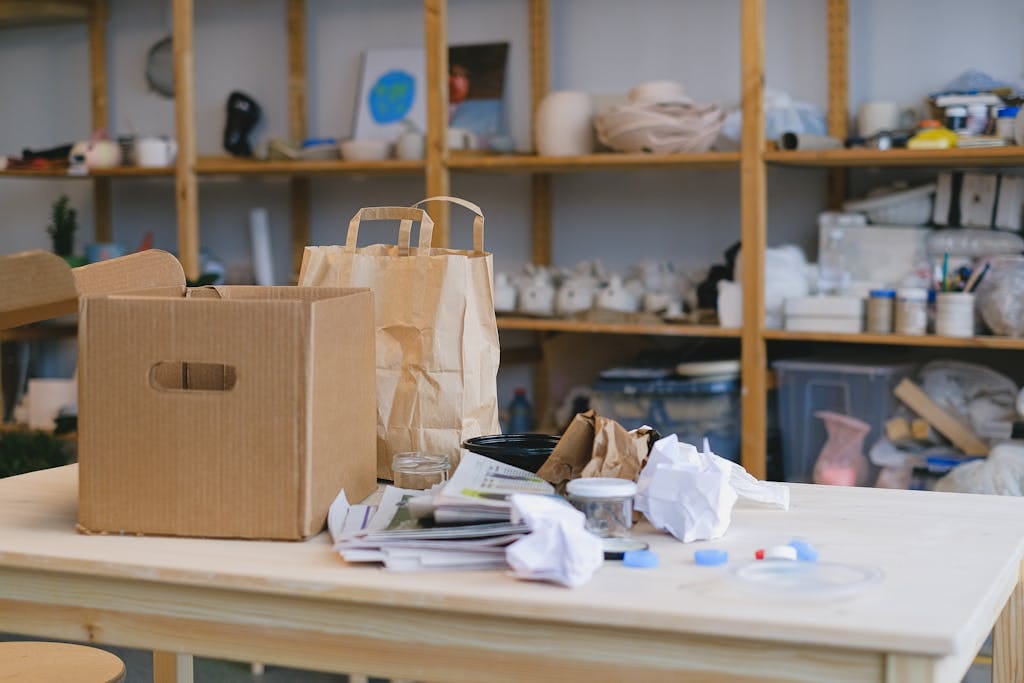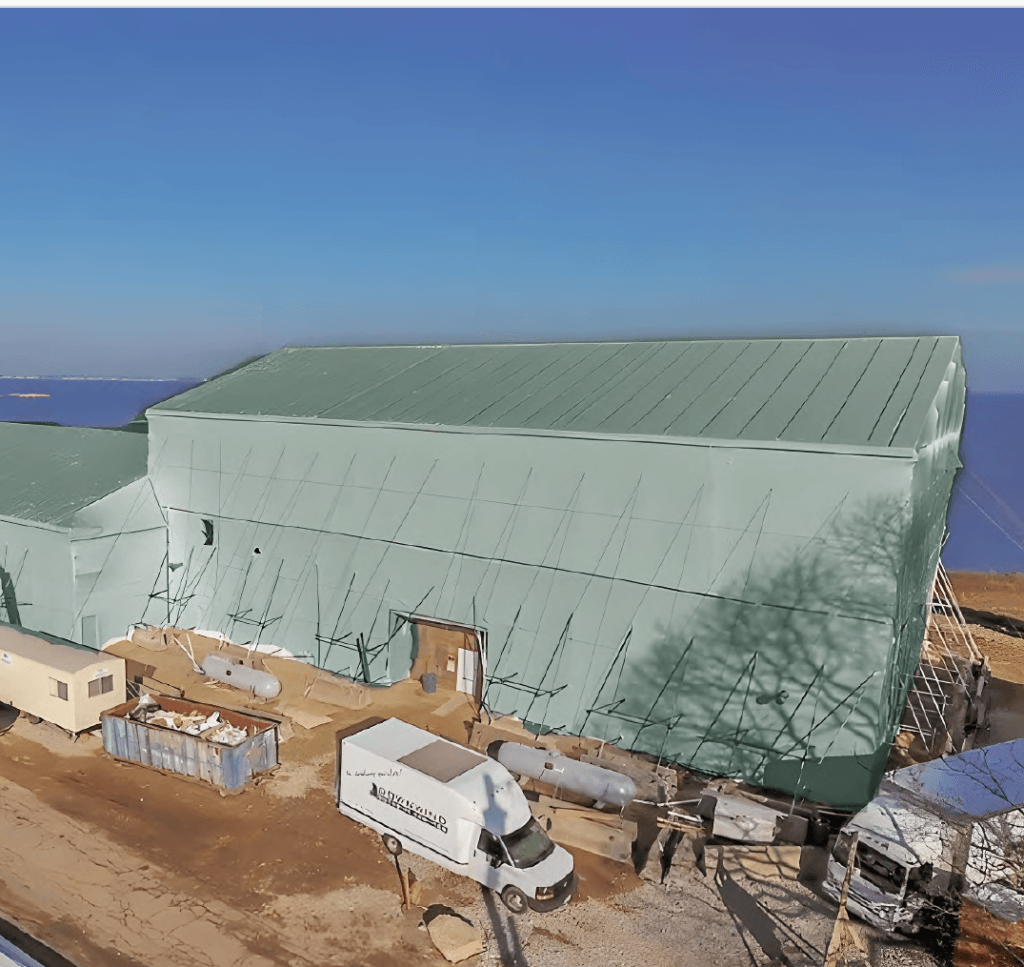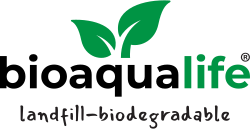In recent years, environmental concerns have led to increased awareness of packaging materials’ impact. Many businesses now seek eco-friendly packaging solutions to reduce their carbon footprint and minimize waste. Eco-friendly packaging encompasses sustainable, biodegradable, recyclable, or compostable materials and practices.
These options aim to minimize environmental impact while providing effective product protection during storage and transportation. By adopting eco-friendly packaging, businesses can demonstrate their commitment to sustainability and appeal to environmentally conscious consumers. Eco-friendly packaging offers benefits for both the environment and businesses.
It can reduce waste disposal costs and contribute to a positive brand image. As consumer environmental awareness grows, demand for sustainably packaged products increases. Adopting eco-friendly packaging allows businesses to attract these consumers and differentiate themselves from competitors.
This article will explore various eco-friendly packaging options, including biodegradable materials, recycled materials, compostable solutions, sustainable practices, and innovative packaging technologies. It will also discuss how businesses can select appropriate eco-friendly packaging to meet their specific needs and goals.
Key Takeaways
- Eco-friendly packaging aims to reduce the environmental impact of traditional packaging materials.
- Biodegradable packaging options include materials like PLA, PBAT, and PHA that break down naturally over time.
- Recycled materials such as paper, cardboard, and glass can be used to create sustainable packaging solutions.
- Compostable packaging solutions are designed to break down into natural elements in a compost environment.
- Sustainable packaging practices involve reducing waste, using renewable resources, and minimizing energy consumption in the packaging process.
- Eco-friendly packaging innovations include edible packaging, mushroom-based packaging, and seaweed-based packaging.
- When choosing the right eco-friendly packaging for your business, consider factors like product compatibility, cost, and environmental impact.
Biodegradable Packaging Options
Biodegradable packaging materials are designed to break down naturally over time, reducing the amount of waste that ends up in landfills. These materials are typically made from renewable resources such as plant-based plastics, paper, or cardboard. One popular biodegradable packaging option is bioplastic, which is derived from natural sources such as cornstarch, sugarcane, or cellulose.
Bioplastics have similar properties to traditional plastics but are compostable and biodegradable, making them an environmentally friendly alternative. Another biodegradable packaging option is molded pulp, which is made from recycled paper and cardboard. This material is commonly used for protective packaging for fragile items such as electronics and glassware.
It is non-toxic, biodegradable, compostable, and can be easily recycled. Additionally, mushroom packaging is a biodegradable material made from agricultural waste and mycelium, the root structure of mushrooms. This innovative material is not only biodegradable but also lightweight, durable, and suitable for a wide range of packaging applications.
Recycled Materials for Packaging

Using recycled materials for packaging is an effective way to reduce the environmental impact of packaging production. Recycled materials can be sourced from post-consumer waste or industrial by-products and can include paper, cardboard, glass, metal, and plastic. By using recycled materials, businesses can conserve natural resources, reduce energy consumption, and minimize greenhouse gas emissions.
Additionally, using recycled materials can help divert waste from landfills and contribute to a circular economy. One common recycled material used for packaging is recycled paper and cardboard. These materials are widely available and can be used for various types of packaging, including boxes, bags, and wrapping paper.
Recycled paper and cardboard are not only environmentally friendly but also cost-effective and versatile. Another popular recycled material for packaging is recycled plastic. By using recycled plastic for packaging, businesses can help reduce the amount of plastic waste in the environment and support the recycling industry.
Recycled plastic can be used for a wide range of packaging applications, including bottles, containers, and film.
Compostable Packaging Solutions
Compostable packaging solutions are designed to break down into natural elements in a composting environment, leaving behind no toxic residues. These materials are typically made from organic matter such as plant-based plastics, paper, or biodegradable polymers. Compostable packaging is an ideal choice for businesses looking to minimize their environmental impact and support sustainable waste management practices.
By using compostable packaging, businesses can help reduce the amount of waste sent to landfills and contribute to the production of nutrient-rich compost for agriculture. One popular compostable packaging material is PLA (polylactic acid), which is derived from renewable resources such as cornstarch or sugarcane. PLA is a versatile material that can be used for a wide range of packaging applications, including food containers, cups, and utensils.
Another compostable packaging option is compostable film made from plant-based polymers such as cellulose or starch. Compostable film is suitable for wrapping food products and can be easily composted along with organic waste. Additionally, compostable paper products such as bags, boxes, and labels are also available as sustainable alternatives to traditional packaging materials.
Sustainable Packaging Practices
In addition to using eco-friendly materials, businesses can adopt sustainable packaging practices to further reduce their environmental impact. Sustainable packaging practices focus on optimizing the entire packaging process, from design and production to distribution and disposal. By implementing sustainable packaging practices, businesses can minimize waste, conserve resources, and reduce their carbon footprint.
One key sustainable packaging practice is source reduction, which involves minimizing the amount of packaging used for a product without compromising its protection or presentation. Another sustainable packaging practice is lightweighting, which involves using thinner and lighter materials to achieve the same level of protection. Lightweighting can help reduce material usage and transportation costs while still providing adequate product protection.
Additionally, businesses can implement efficient packaging designs that maximize space utilization and minimize air voids in shipping containers. This can help reduce the amount of packaging material required and optimize transportation efficiency.
Eco-Friendly Packaging Innovations

As consumer demand for eco-friendly products continues to grow, there has been an increase in eco-friendly packaging innovations aimed at reducing environmental impact and improving sustainability. One such innovation is edible packaging, which involves creating packaging materials that are safe for consumption or can be easily broken down by natural processes. Edible packaging can help reduce waste and provide a unique consumer experience while still offering effective product protection.
Another eco-friendly packaging innovation is smart packaging technology, which incorporates sensors and indicators to monitor product freshness and quality. Smart packaging can help reduce food waste by providing real-time information about product condition and shelf life. Additionally, there has been a rise in the use of 3D printing technology for creating custom eco-friendly packaging solutions.
3D printing allows for the production of complex shapes and designs using sustainable materials, offering new possibilities for eco-friendly packaging customization.
Biodegradable bioaqualife shrink wrap is an innovative new product that is non-toxic, safe for food contact, recyclable, and capable of withstanding a range of temperatures.
Choosing the Right Eco-Friendly Packaging for Your Business
When choosing eco-friendly packaging for your business, it’s important to consider your specific needs and goals as well as the environmental impact of different materials and practices. Start by evaluating your current packaging requirements and identifying areas where eco-friendly alternatives can be implemented. Consider factors such as product protection, shelf life, transportation requirements, and consumer preferences when selecting eco-friendly packaging options.
It’s also important to research and compare different eco-friendly materials and technologies to find the best fit for your business. Look for suppliers and manufacturers that offer certified eco-friendly packaging options and have a track record of sustainability practices. Additionally, consider the end-of-life options for eco-friendly packaging materials, such as recyclability or compostability, to ensure that they align with your environmental objectives.
Finally, communicate your commitment to eco-friendly packaging with your customers and stakeholders to build trust and loyalty. Highlight the sustainable features of your packaging and educate consumers about proper disposal methods to encourage responsible consumption. By choosing the right eco-friendly packaging for your business, you can demonstrate your dedication to environmental stewardship while meeting the needs of today’s conscious consumers.
In conclusion, eco-friendly packaging offers numerous benefits for businesses looking to reduce their environmental impact and appeal to environmentally conscious consumers. By exploring biodegradable materials, recycled materials, compostable solutions, sustainable practices, and innovative technologies, businesses can find the right eco-friendly packaging options to meet their specific needs and goals. With careful consideration and strategic implementation, eco-friendly packaging can help businesses minimize waste, conserve resources, and contribute to a more sustainable future for the planet.
If you’re looking for eco-friendly packaging solutions, Bioaqualife offers a breakthrough product that is biodegradable and environmentally friendly. Their biodegradable shrink wrap for boating, construction and agriculture applications not only provides the necessary protection, but also minimizes the environmental impact. Check out their guide to biodegradable shrink wrap for boating and other applications to learn more about the benefits and environmental impact of this innovative packaging solution. For more information, you can visit their website here.

